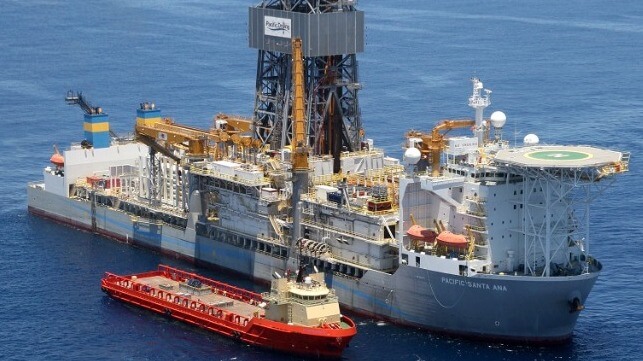Westwood Sees Five Good Years Ahead for Offshore Oil and Gas

Offshore sector consultancy Westwood Global Energy predicts that there will be good times to come for offshore oil and gas development over the next five years.
2022 is looking like a great year for offshore development, though inflation and supply-chain impacts have tempered expectations somewhat. Offshore EPC contracting activity tripled year-on-year in the first half of 2022, reaching $26 billion, reflecting multiple major new project approvals like Exxon's Yellowtail off Guyana and Equinor’s Haltenbanken East multi-field complex in the Norwegian Sea. The contracting activity includes eight new/refurbished floating production units, 52 platforms and a total of nearly 900 nautical miles of pipeline.
The second half of 2022 could bring another $46 billion worth of EPC awards - particularly from Saudi Aramco, which is investing heavily in four large offshore projects. Taken together, these contracts would amount to more than $70 billion worth of investment over the full span of 2022 - more than in any year since at least 2014, according to Westwood's data.
The recent period of underinvestment (during COVID) and the return of ultra-high oil prices could boost investment for years to come. Westwood's market analytic tools predict a long upcycle through 2026, with offshore EPC spending totaling about $275 billion over the period. This is more than 70 percent increase over the past five years, which saw a downturn in investment in the sector. The busiest areas of activity will likely be in Asia, the Mideast and Latin America.
The rising tide is also lifting offshore supply vessels and rigs, which are now bringing in the highest day rates in years - a welcome relief after an extended low period and a wave of consolidation. Clarksons' sector-wide offshore index has hit a seven-year high, and OSVs are bringing in 50 percent more per day now than they did at the beginning of 2021. OSV utilization is vastly improved at 68 percent and climbing, and the laid-up offshore vessel fleet - a long-term drag on rates - has fallen below 800 hulls worldwide.
